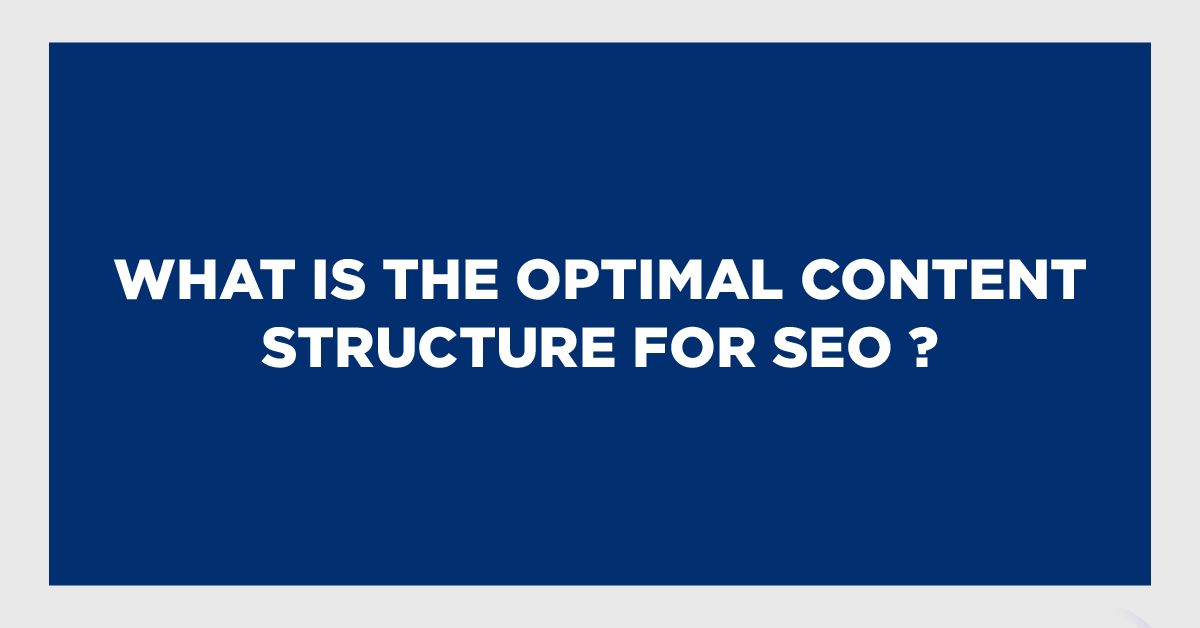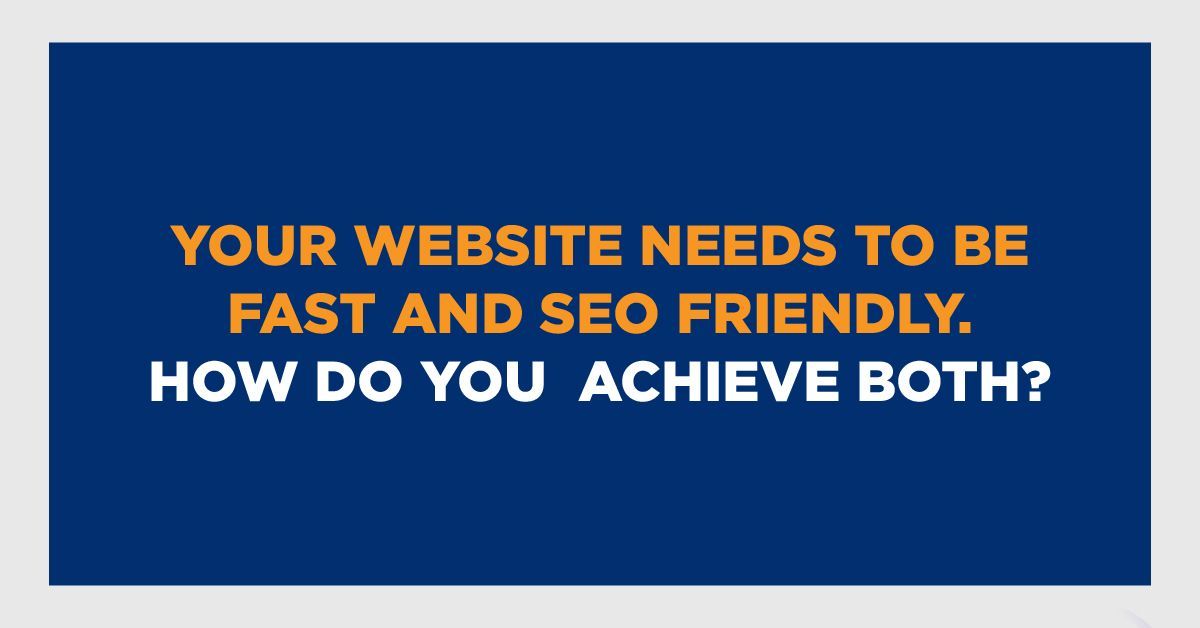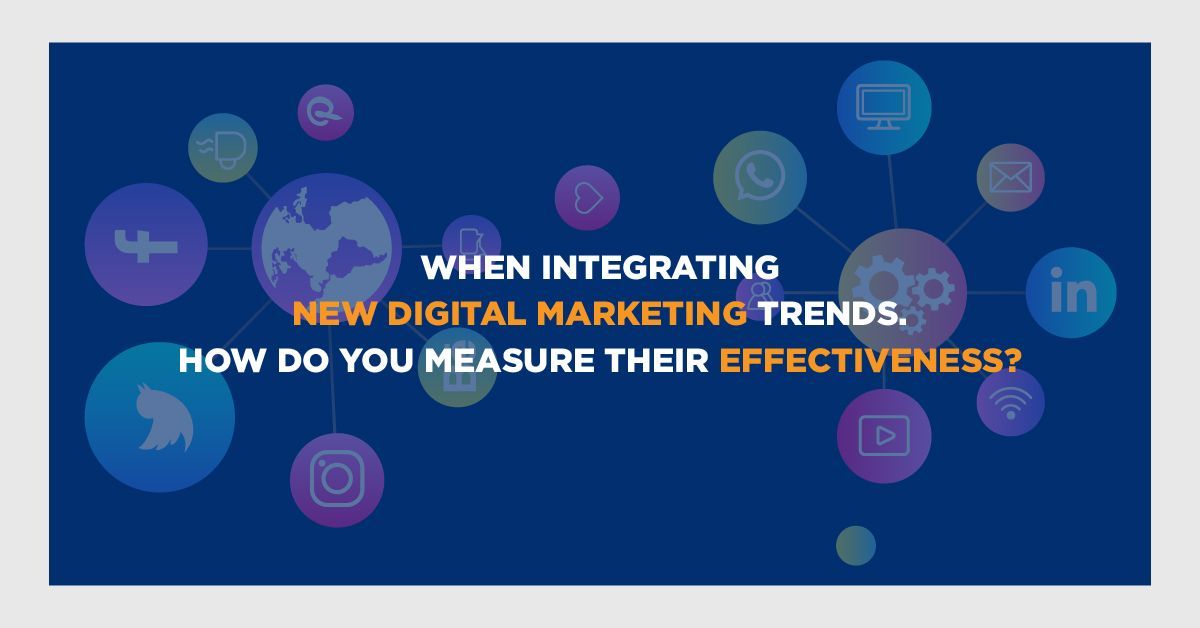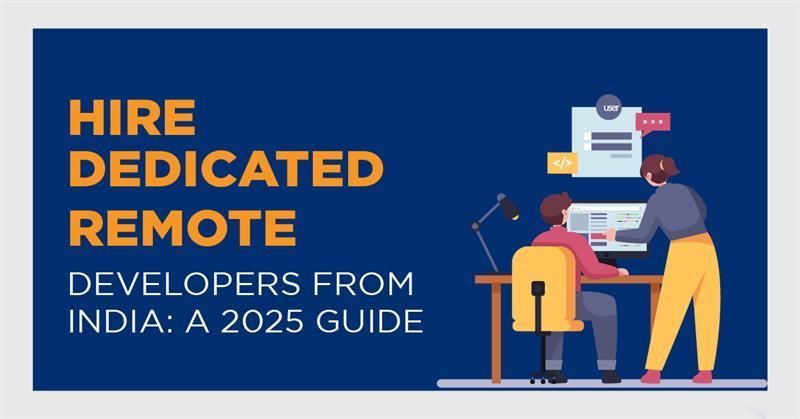7 Common Content Types and How to Utilize Them
March 21, 2023

7 Common Content Types and How to Utilize Them
The internet's currency is content, and organizations can focus on a variety of content kinds to engage audiences, expand into new areas, and offer them value.
However, it can be challenging for marketers and brands to decide which sorts of content to concentrate on given the wide variety of content available. Various content categories have distinct objectives. To get the most out of your content, your content marketing plan must be creative because some types of material are about driving traffic while others are about data collection.
Now let's examine the top seven content categories and how you can use them to boost sales and revenue.
1. Blogs
Although blogging has been around for a while, it has evolved over time, particularly when it comes to businesses adopting blogs to engage audiences.
You should write well-written, excellent, and pertinent blogs. To establish authority, trust, and relationships with their audience and increase conversions, they should also concentrate on issues that interest them. A blog also has the advantages of being relatively simple to produce and post, shareable, and quickly found by search engines.
Find out five easy ways to start a blog if you or your company don't currently have one.
Best practices for blogging: If you don't have a self-hosted blog, you can use services like Blogger, WordPress, Tumblr, and Medium. But blogging requires commitment, and to get readers, you must be willing to post frequently—at least once a week or every few days. Every post should have a CTA (call to action) and trustworthy internal and external links to other material.
2. listicles
While they can appear a little gimmicky, list articles are very popular. This is due to the fact that when done well, they are simple to read, scannable, visually beautiful, and engaging.
Listicles are simple to produce from the standpoint of content production since, once you have a topic and a number, all you need to do is research and fill in the blanks. But that doesn't mean you can just throw together a listicle without giving the content any attention, since it must be educational, pertinent, and of good quality.
Listicle best practices: Never forget to number your subheadings in a listicle and double-check that the number corresponds to the headline to avoid confusing viewers. Lists should still have introductions and conclusions, just like other content categories, and they should be keyword optimized. You can include as many numbers as you like in your lists; large lists are just as appropriate as short ones, but it's always crucial to pay attention to the specifics.
3. E-books
Long-form information known as eBooks is produced as electronic books and made accessible as PDF or HTML downloads.
You can use this kind of content as a fantastic platform to share your knowledge and experience on a particular subject. eBooks have a variety of advantages, such as lead generation, authority building, expanding email lists, and enhancing your total content offering.
Best practices for e-books: An eBook's primary goal should be to offer solutions; otherwise, your audience won't find it useful. Reduce the amount of time you spend advertising as a result and concentrate more on broad-based fixes. Keep the promotional aspects in eBooks to a minimal since you've already obtained their contact information; this is a solid general rule.
eBooks can be lengthy, so use chapters, subheadings, bullets, pictures, infographics, and other engaging formatting features to break up the text. The title and the design are equally important since they will draw readers in and keep them reading. It's best to have a strategy in place before you begin writing this kind of content because it requires research, time, and excellent writing.
4. Infographics
Since they convey a lot of information (including statistics, research, and other data) in a visual style that is interesting, digestible, and shareable, infographics are among the most popular types of content you can produce.
The Content Marketing Institute reports that infographic usage among B2B marketers has increased by 67 percent over the past several years. In addition to increasing website traffic, they can assist you develop high-quality backlinks and expand your audience.
Best practices for infographics: Design skills are needed to create an infographic, and it's crucial to include white space, segment content, use a legible font, and utilize complementary colors to keep the viewer's attention.
5. Video
According to the "The State of Video Marketing 2021" research, video is a successful kind of content. 93 percent of marketers think it's a crucial component of their marketing, and 78 percent of video marketers claim it has helped sales.
Video content has the power to draw viewers in, boost shares and comments, encourage conversions, and enhance website traffic. You may want to think of interviews, presentations or how-to videos, behind-the-scenes videos, and explainer videos.
There are many venues available for sharing your videos, including Instagram, TikTok, which is a rising star, and YouTube (learn how to rank your videos).
best practices for videos: The fundamental goal of a video should be to give value to your audience by responding to inquiries, offering answers, resolving problems, or conveying other pertinent information. Or as is the case with Aviation American Gin, to generate traffic and amuse!
6. How-to Guides
How-to and instructional content are like lengthy blog entries that provide detailed instructions on how to accomplish various tasks, build things, and more.
Your guide's content varies depend on your target market and sector, but this kind of information is excellent for exchanging knowledge, fostering trust, and expanding
Guidelines for best practices: They must have excellent writing because they must instruct readers on a task in a straightforward and succinct manner. Using pictures, infographics, screenshots, videos, and other components to demonstrate important points or challenging steps, the arrangement and design should make the item simple to read.
7. Case Studies
Case studies are a fantastic B2B content genre because they leverage actual feedback from customers or real-world situations to demonstrate frequent problems and difficulties your audience may encounter.
It's a wise choice of material because it shows potential customers how your company's name, goods, or services may assist in resolving issues they might be having. This will strengthen bonds and increase customer loyalty.
Best techniques for case studies Summarize the issue your customer was having to start. Next, discuss the answer while giving prospects practical, step-by-step examples they can use to replicate the procedure. Provide a brief overview of the outcomes your consumer experienced as a result of using your goods or services.
Conclusion
To increase awareness and encourage sales, we use content marketing. An audience can be engaged and persuaded at all phases of the sales funnel with the help of content marketing, which is efficient and affordable.










